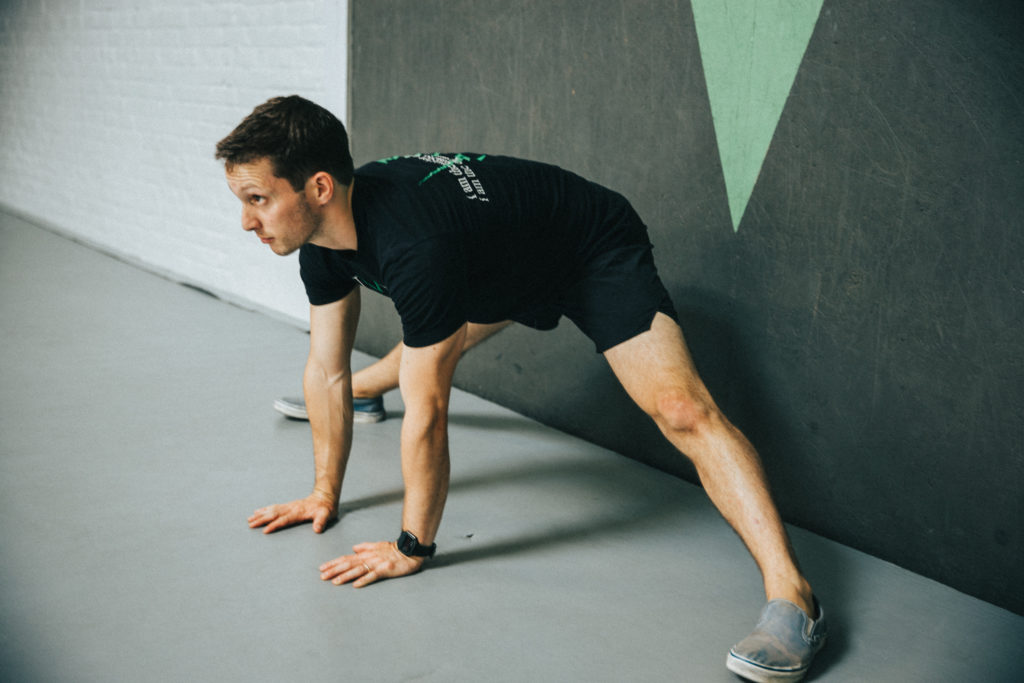
Customize Your Comeback
Written by TJ O’Brien
Over the past few weeks, I’ve finally gone back to jiu jitsu after a 6-week hiatus due to a neck injury. I wrote a bunch about the sucky-ness of the experience, but now that I’m on the other end, I want to share what I learned, and how it might apply to you.
“Get what you came for,” is a phrase I first heard from Coach Kirsten, who uses it to refer to the myriad of motivators that bring us into the gym each week. We might be here to get a hard workout, to clear our head, to pursue a goal, or to sweat with our friends.
But what if it’s VO2 max day and you just want to flow? What if you wanted to work on Olympic lifting, but the workout calls for dumbbells? Maybe you’re training for a marathon, but you only see Assault Bike on the menu.
Trust me, our coaches are SO ready to assist you in getting what you came for. We can trade out movements, adjust loads or time domains, or even just scrap what’s on the board and start over. We’re here for it, especially if it ties into your overall “why” for coming to the gym.
But what if you’re dealing with an injury and/or you haven’t been in the gym for a while? It can be really nerve racking to make your comeback. You might be asking yourself:
“Will I end up doing more harm than good?”
“How sore am I going to be tomorrow?”
“Can I even do ‘X movement’ anymore?”
When I started to come back to loading exercises, I was so worried my neck would flare up and I would have to ‘start over’, that I only rode the C2 bike and went on long walks for the first few weeks.
From there I started with an old staple that I use whether I’m injured or not, but one I heavily favored for its ability to be performed safely and still feel tough: Isometrics.
Enter plank and hollow holds, Pallof holds, hanging, wall sits, long lunge holds, horse stance, handstand holds, and so.many.carries (sandbag, kettlebell, marching).
Here’s how I modified a muscle class I jumped into a few weeks ago. The program called for:
Three sets of:
Incline Press x 6-8 reps @ 21X1
(sit on the floor and place a med ball under shoulder blades to create an incline; use either a barbell or dumbbells)
Rest 45 seconds
Single-Arm Dumbbell Row x 6-8 reps each @ 21X1
Rest 45 seconds
Followed by…
Three rounds for quality and muscle activation:
20 Dumbbell Death March Steps
20 Alternating Dumbbell Hammer Curls
I wanted to keep the push/pull stimulus, but I wasn’t sure if this would annoy my neck. So instead I did:
Three sets:
Front Leaning Rest on Rings x 30 seconds
Top of Ring Row Hold x 30 seconds
Floor Press x 12-15 reps
Followed by…
Three rounds of:
90 Degree Dumbbell Hold x 20 seconds
Sled Push on Skillmill Machine x 90 seconds
My Formula
Try to keep the muscle groups worked but perform the isometric version. For movements like the floor press and the sled push, I felt ok performing these because in both I was able to monitor my spine position, and neither were particularly explosive.
How You Can Apply These Concepts
It might not be a neck injury keeping you out, but perhaps you don’t want to be deathly sore after your first day back. You could simply substitute one movement from each working set with an isometric. This could help attenuate the volume you’re accumulating, while still getting good work done for the muscle groups you are training.
Injured, making a comeback, or not, if you want to try out some of these concepts, holler at me before your next session and I can help you make customizations.